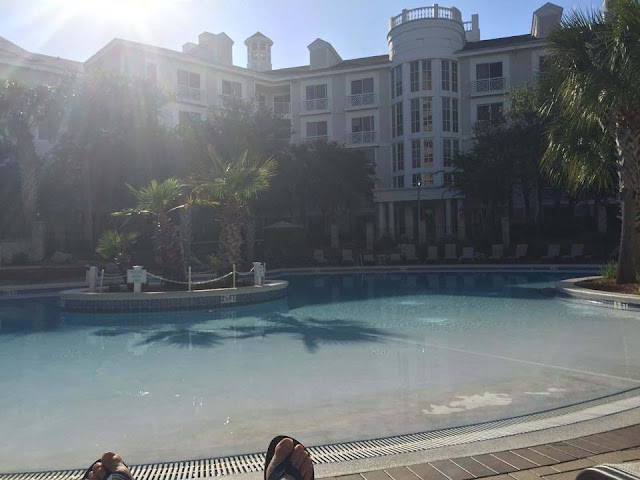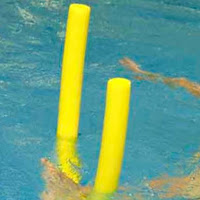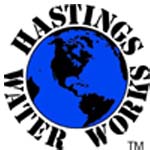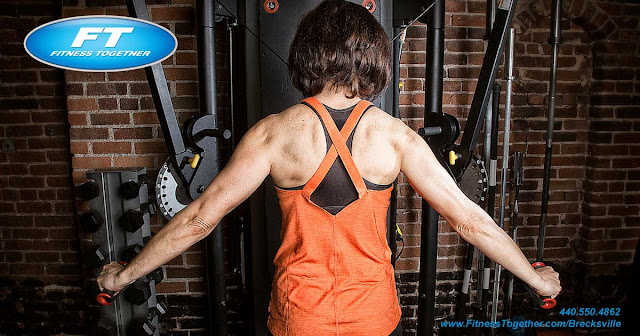Trainer
Tuesdays
Welcome back to the weekly edition on Trainer Tuesdays. Make sure to check in at our blog every Tuesday evening to learn the expertise of our great staff. Aside from being fantastic exercise coaches, they are also extremely knowledgeable in many aspects of health and fitness; so, it's time that you get to know them a little better! Each week, we will post a frequently asked, or sometimes just a fun fitness related question followed by the answers of each of the trainers at Fitness Together Brecksville.
What are some exercises I can do
while in the pool this summer?
Kelly Bailey: If it ever stops raining in
Ohio and the weather turns nice enough to hit the pool, you can mix up your
workout routine by performing pool exercises. I'm not talking about swimming
endless laps either! One great form of exercise is pool running, which is
performed exactly as it sounds. The added resistance of trying to move your
body through the water can actually burn more calories than running on land!
You can also use a pool noodle or kick board to perform water planks, or do
kick drills back and forth across the pool. And don't discount the calories
burned by playing a good old game of "Marco-Polo" with the kids.
Taylor Burns: When I go to my parents’ house during the summer,
a few exercises I like to do in the pool are the diving board pull ups,
bicycles and double leg lift. In the pool, swim up to the diving board grabbing
both sides of it to pull yourself up. This is great for upper body strength as
the water is pushing the body down. As for bicycles, you can start out leaning
back on the pool edge and move your legs in motion like you would be riding a
bike. To make this exercise more difficult, try leaning back on a noodle. This
will allow you to use your core, shoulders and legs more. Lastly, the double
leg lift is similar to the bicycle starting position of leaning back on the
edge except the legs are straight and together. Begin to raise them up as
high as you can keeping the legs straight and together.
 Adam Teplitz: Water can be one of the best
fitness tools. It provides resistance, which strengthens muscles and boosts
cardio intensity. It also supports some of your weight, making workouts easier
on joints and reducing the risk of injury. Aquatic exercises can also
burn fat faster. One of the easiest and most effective pool workouts is water
jogging. At high intensity, this exercise can burn 17 calories per minute-more
than on land! It also makes you stronger. Jog for one to three minute intervals
in waist -high water, then alternate with less cardio heavy water exercises. These
can include Spider-Man's, which challenge your back and core muscles by climbing
up and down the pool wall. The pool plank is another great exercise to
strengthen the core. Stand on the pool floor, while holding onto a noodle and
keeping your head above water. Lean forward until your body is on an even
incline. An additional exercise to strengthen your core consists of using a
noodle to balance on one leg. Press down on the noodle with your foot , while
balancing on the opposite foot. The noodle will form a U shape. Take advantage
of the benefits to exercising in the water to get a fun, creative, and
effective workout in.
Adam Teplitz: Water can be one of the best
fitness tools. It provides resistance, which strengthens muscles and boosts
cardio intensity. It also supports some of your weight, making workouts easier
on joints and reducing the risk of injury. Aquatic exercises can also
burn fat faster. One of the easiest and most effective pool workouts is water
jogging. At high intensity, this exercise can burn 17 calories per minute-more
than on land! It also makes you stronger. Jog for one to three minute intervals
in waist -high water, then alternate with less cardio heavy water exercises. These
can include Spider-Man's, which challenge your back and core muscles by climbing
up and down the pool wall. The pool plank is another great exercise to
strengthen the core. Stand on the pool floor, while holding onto a noodle and
keeping your head above water. Lean forward until your body is on an even
incline. An additional exercise to strengthen your core consists of using a
noodle to balance on one leg. Press down on the noodle with your foot , while
balancing on the opposite foot. The noodle will form a U shape. Take advantage
of the benefits to exercising in the water to get a fun, creative, and
effective workout in.
Maria Kolodziej: My favorite
cardio workout is a good run. My preference remains the same when I get into
the pool. The added bonus in the pool however is the resistance the water gives
against your muscles. The harder you "run", the greater your muscles
will be challenged. Just make sure you remember to run across the shallow end ;
)
Pike scull: This move will tone your abs, arms, and hips. Stand in shallow water and sit back, treading with your hands at your sides. Lift both legs together so that your body forms a v-shape with your head and toes above the surface. Then, keeping that v-shape, move your treading hands by your hips in order to move yourself forward down the length of the pool.
Tricep dips: Place your hands on the pool deck so that you are facing the water. Slowly lower down until your elbows are at about 90 degrees, then push back up.
Hamstring curls: stand slightly leaning towards the pool deck, hands could be on pool deck for support. Flex your left foot and bring it towards your booty, working the back of the legs. Repeat on other side.
Floating crunch: place your feet on the pool deck so that your upper body is floating in the water. Crunch up, working the abs then lower back down to floating.
Those are just some examples, but feel free to be creative! You can do flutter kicks, planks with pool noodles; keep it exciting and have fun!
 Monika Cotter: Yay, it's finally summer (even though it may not seem like it with all this rain) and it is time to play in the pool! While it is nice to sit and relax, it can also be used as an exercise tool. Swimming laps is a great way to burn calories and use almost every muscle in your body, but there are also many other ways to be active in the pool. Playing games like Shark and Marco Polo with your kids can be an activity to do. Some other ways to work out in the pool are to get water weights (foam weights), you can also hold onto the side and do different kicks such as frog kicks, butterfly kicks and regular kicks. Whatever you do have fun with it, wear sunscreen and get out of the house to be active!
Monika Cotter: Yay, it's finally summer (even though it may not seem like it with all this rain) and it is time to play in the pool! While it is nice to sit and relax, it can also be used as an exercise tool. Swimming laps is a great way to burn calories and use almost every muscle in your body, but there are also many other ways to be active in the pool. Playing games like Shark and Marco Polo with your kids can be an activity to do. Some other ways to work out in the pool are to get water weights (foam weights), you can also hold onto the side and do different kicks such as frog kicks, butterfly kicks and regular kicks. Whatever you do have fun with it, wear sunscreen and get out of the house to be active!
For your pool construction needs contact Highland Construction of Brecksville, and for your pool opening, closing, maintenance or lifeguard staffing contact Hastings Water Works in Brecksville.
©
2015 Fitness Together, Inc. All Rights Reserved. Powered by Fusionbox.
About | Contact | Franchise | Suppliers | History | Leadership | NutritionTogether |Sitemap | PrivacyPolicy | TermsofUse | Facebook | YouTube | Twitter | Linkedin





